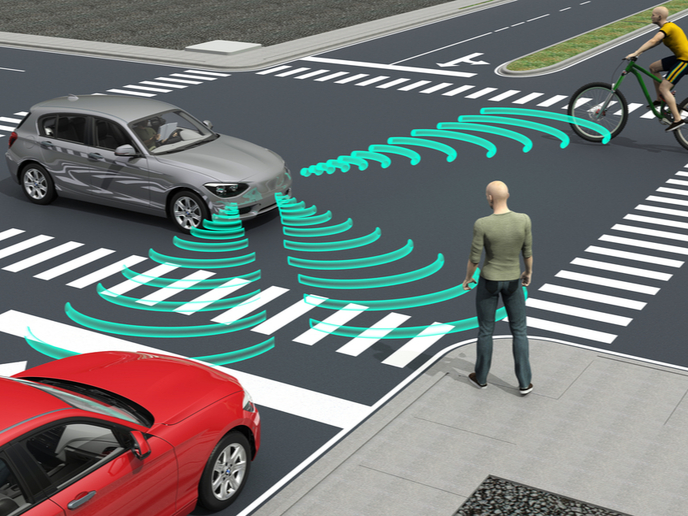Safer human-vehicle interactions come from user-centric tested approaches
Advances in vehicle automation with minimal human intervention are expected to improve road safety. However, they also bring new challenges that must be addressed to ensure the adoption of automated vehicles. The EU-funded BRAVE project conducted a multidisciplinary study of requirements and expectations of all road user types, including vulnerable road users, e.g. pedestrians, bicyclists and stakeholders (driving instructors, insurance companies, authorities, certifiers, policymakers and regulators), regarding the use of automated vehicles. In BRAVE’s population study, about 7 000 respondents from 7 countries, revealed that most people still trust human drivers more than automated vehicles. In addition, around 30 % of the respondents would feel unsafe crossing a road with an automated car approaching.
An inclusive approach yields better adapted market-ready products
BRAVE addressed Level 3 automated vehicles also called conditionally automated cars (CACs) where the human is still the driver except in specific circumstances where the vehicle itself can perform all aspects of the driving task. “The human must always be prepared to take control at all times. Trust is one important aspect influencing users’ adoption of new technology,” explains Ingrid Skogsmo, BRAVE project coordinator. “Our studies show that systems that are transparent towards the user, be it the driver or other road users, about automation status and what they are doing/expecting were found to increase trust. However, the information provided needs to be carefully designed. If the system is in control, CAC drivers do not want to be disturbed, and the amount of information provided should be adjustable to driver trust and system experience. Visual feedback is preferred."
Success with a user-centric approach
BRAVE developed and tested concepts for vehicle-environment interaction, specifically the inclusion of predictive capabilities that can be used for better and faster reaction by advanced driver assistance systems (ADAS). These concepts anticipate systems that identify vehicle cut-in situations and pedestrian intentions to cross the road. The team developed two predictive ADAS and HMI concepts for increased user adoption and validated their performance. In tested situations, BRAVE’s AI-based predictive system has one second shorter delay in detecting lane changes of vehicles ahead of current systems and about half a second faster than human drivers. “This means that potential hazards or safety risks can be detected earlier and, therefore, allow for earlier reaction and hopefully avoidance of safety risks,” notes Skogsmo. Additionally, test protocols that recognise these types of systems were developed and have been proposed for inclusion in official test procedures for regulation and consumer testing (e.g. EuroNCAP). The BRAVE actions completed so far contribute to Vision Zero by providing user-accepted, more natural and safer human-vehicle interaction. “People have to be involved in the development of connected and automated mobility solutions. It’s not just the driver who has to trust an automated vehicle. We also have to think about other road users like pedestrians, motorcycle riders and cyclists, as well as drivers of conventional cars or vehicles with lower degrees of automation,” concludes Skogsmo.
Keywords
BRAVE, automated vehicles, road user, road safety, HMI, ADAS, human-machine interface, advanced driver assistance system, Level 3

